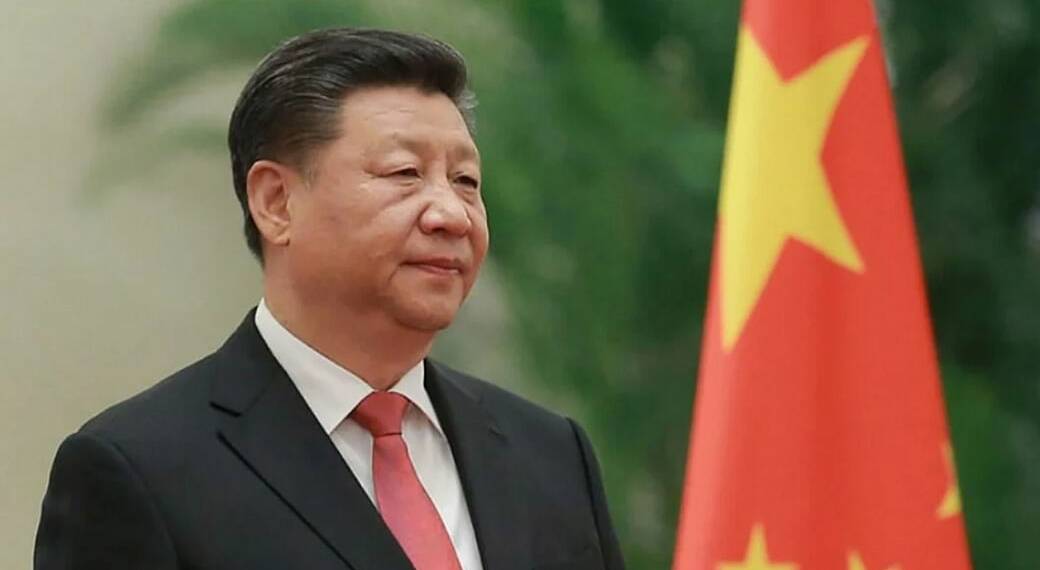On Thursday, the Chinese Communist Party concluded the annual meeting that outlined the next five year plan (2021-2025) and long-term development vision of 2035. The American policy shift of decoupling with China- irrespective of who wins the presidential election- dominated the CCP brainstorming as it looks to minimize reliance of American technology.
The two pillars of the new five year plan are “technological self-reliance” of development of a “strong domestic market” through dual circulation strategy. In the last few months the United States made China realize what it can do to the Chinese economy and now Chinese Communist Party is preparing to hedge risk.
“US sanctions on Chinese technology leaders were game-changing events for China’s leadership,” said Andrew Batson at Gavekal Research. “The moves showed that the US had enormous leverage over China due to its dominance of core semiconductor technologies, and that the US was willing to deploy that leverage for geopolitical goals.”
The biggest challenge for China is complete decoupling from the American market, as it is dependent on American consumers for exports and American companies for high-tech support.
Technological Self-reliance:
The Chinese plan to end technological reliance on the US is bound to fail because its companies have already been trying the same for the last two decades and failed every time. Technological superiority comes from innovation and none of the Chinese tech companies could be called innovators given the fact that most of them are cheap copies of American tech products. Moreover, innovation thrives in an open democratic environment where ideas are not quelled on political basis.
A society where there is no freedom of expression, freedom of ideas, debate and discussion, could not innovate because innovation is a by-product of a libertarian society.
As per a report by Financial Times, UK’s premier business newspaper, many officials who were involved in preparation of five year plan draft are themselves skeptical about the success in technological self-sufficiency. The official warned that “many government-backed funds have invested heavily in high-tech projects that in reality are nothing more than a mixture of commercial and industrial real estate and outdated factories”.
“We need to realise that new [technologies] aren’t like roads and bridges that can be completed with a lot of funding,” the official added. “Their main investment feature is uncertain returns and a lot of government-funded projects may end up going nowhere . . . We need to let market forces decide how much and where to invest.”
Dual Circulation:
The dual circulation strategy basically means that Chinese government would incentivize domestic consumption through priority lending to high-end manufacturing instead of services as well as keep marching on export led strategy. Dual circulation is short of diplomatic term to suggest that exports would continue but domestic consumption will be incentivized but the fact remains that given the decoupling of China with the world, the future of exports looks weak, and therefore, the plan is to focus on being ‘AtmaNirbhar’ in terms of production as well as consumption.
But, the CCP’s propaganda website CGTN itself argued that, “Placing greater emphasis on internal consumption is not new. As early as 2006, with the introduction of China’s 11th Five-Year Plan, the CPC sought to balance its external export strategy with domestic consumption.”
The plan to boost domestic consumption did not succeed in the last 15 years and China continues to be an investment led export driven economy because this economic model is unique to China and suits its socio-political environment. Riding on an investment led export driven model, China went from $2.3 trillion in 2005 to $14.4 trillion in 2019, with average income going up from $1,751 to $10,286 over the same period.
Bound to doom:
But, given the fact that the domestic and international environment is no longer suited to the “unique Chinese growth model” which was investment led mass manufacturing, the prospects of Chinese economy look bleak. Therefore, the new five year plan is like the “Chinese dream”, made to give the people a false sense of pride of domestic capability. As Xi Jinping’s agenda of global domination shambles, he now wants to at least keep the domestic audience happy.








